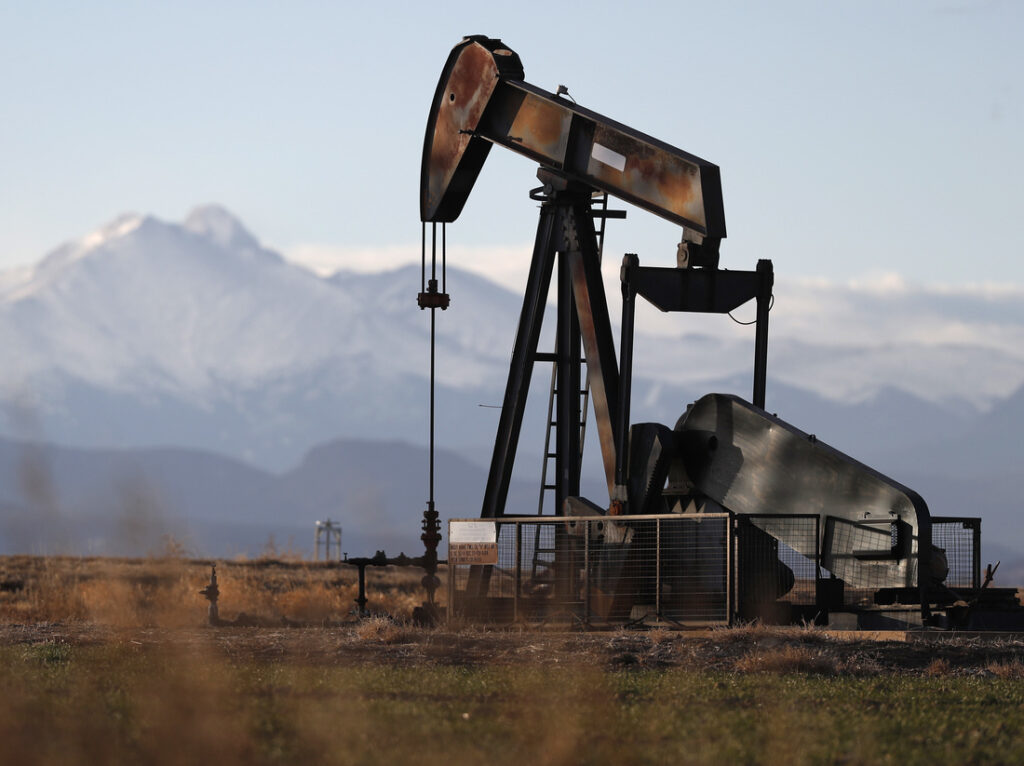As Donald Trump gears up to return to the White House, attention is turning to what his energy policies will mean for the future of the U.S. energy landscape. Trump’s presidency was marked by a strong focus on boosting fossil fuel production, and his second term is expected to shift the nation’s energy policy back toward oil and gas, placing less emphasis on tackling climate change. However, despite concerns about potential rollbacks, experts argue that the rapid growth of renewable energy in the U.S. is unlikely to be significantly impacted, at least in the short term.
In the aftermath of Trump’s election victory, clean energy stocks took a notable dive, with solar energy indices like the MAC Global Solar Energy Index plummeting by 10%. This drop reflects the market’s nervousness about a possible reversal in policies that have been crucial to the renewable energy sector’s growth. Under President Joe Biden, the U.S. has experienced a boom in renewable energy, largely driven by federal tax credits, state renewable mandates, and advancements in technology that have made solar and wind power more affordable. Biden’s Inflation Reduction Act (IRA), which guarantees billions of dollars in subsidies for solar and wind projects over the next decade, has been a major factor in this expansion.
Trump has consistently criticized the IRA, calling it too costly and pledging to undo much of the legislation. His campaign rhetoric suggested that one of his first moves in office would be to rescind all unspent funds allocated by the IRA. However, analysts point out that dismantling the IRA would be no easy feat. Many Republican-led states, which have benefited greatly from investments in renewable energy technologies, would likely resist any efforts to repeal the law. Additionally, some of Trump’s allies have investments in clean energy, further complicating any attempt to curtail the growth of the industry.
Despite these challenges, Trump could still slow the renewable energy transition through executive actions aimed at restricting the budgets of federal agencies that oversee clean energy projects. This could involve cutting funding for solar, wind, and other renewable initiatives or hindering the federal leasing of public lands for renewable energy projects. One area where Trump could exert influence is offshore wind energy, which he has previously criticized as being too expensive and a threat to wildlife such as whales and seabirds. As president, Trump may push for a moratorium on new offshore wind lease sales, which could stall the development of future offshore wind projects.
On the other hand, renewable energy has reached a tipping point where its growth seems difficult to reverse. The transition to renewables is well underway, with solar and wind energy already playing a significant role in the power grid. Furthermore, the economic benefits of the IRA—such as job creation in manufacturing plants for solar panels and wind turbines—have been significant, particularly in red states that traditionally vote Republican. These economic incentives have created a broad base of support for clean energy, even among those who are politically aligned with Trump. It’s unlikely that the new administration would risk alienating voters and companies benefiting from the clean energy boom, especially in swing states that have seen a surge in renewable energy jobs.
As Trump’s energy policies unfold, it’s also important to consider the broader picture of U.S. fossil fuel production. The U.S. is already the world’s largest producer of oil and gas, a trend that began under President Barack Obama and continued under both Trump and Biden. Even as the U.S. pushes to decarbonize its power sector, the reality of global oil and gas markets means that fossil fuel production will remain a key part of the U.S. economy. Trump has long argued that the U.S. should prioritize domestic oil and gas extraction, and his administration is expected to continue policies that favor fossil fuel expansion, including slashing regulations on drilling and extracting oil and gas from federal lands.
However, even with Trump’s push for fossil fuels, renewable energy’s dominance on the U.S. power grid is difficult to deny. Technology improvements and the continued decrease in the costs of solar and wind energy mean that these sectors will likely continue to grow regardless of who is in office. The development of battery storage and other technologies also means that solar and wind energy can become more reliable, even as the U.S. remains dependent on fossil fuels.
Another significant challenge for the next president will be navigating global climate change agreements. During his first term, Trump withdrew the U.S. from the Paris Climate Agreement, a move that angered many environmental advocates. Although the Biden administration has since rejoined the accord, it’s unclear whether Trump would continue to reject international climate cooperation. He has previously criticized the Paris Agreement for not holding countries like China and India accountable for their emissions. If re-elected, Trump could choose to leave the Paris Agreement once again, which would further isolate the U.S. from global climate efforts.
The next few years will be crucial in determining the trajectory of U.S. energy policy. While Trump’s return to the White House could certainly shift the focus away from climate action and toward fossil fuel production, the momentum behind renewable energy—driven by policy, technology, and economics—may be difficult to slow. The question remains whether Trump’s policies will succeed in limiting the growth of clean energy or if the forces of market demand and technological advancement will continue to push the U.S. toward a cleaner energy future.



